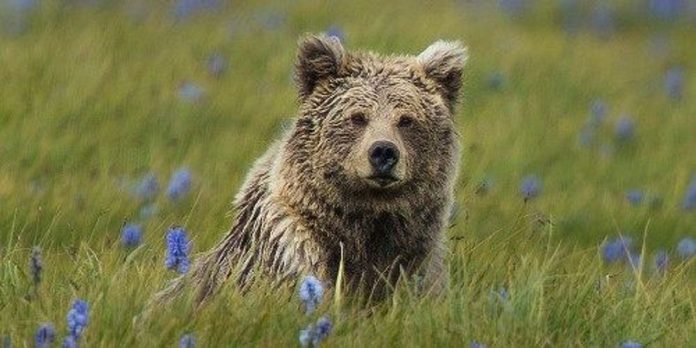Genetic analysis of brown bears and polar bears has proven that any claim that signs of the existence of yetis in the Himalayas cannot be attributed to bears. Eliécer E. Gutiérrez, a postdoctoral fellow at the Smithsonian Institution, and Ronald H. Pine with the Biodiversity Institute and Natural History Museum at the University of Kansas conducted extensive analysis on all possible bears that might have inhabited the Himalayas at some point in time.
Bryan C. Sykes of Oxford University in Britain and colleagues published data in 2014 that concluded that potential hair from yetis was in fact an exact genetic match to the mitochondrial DNA of a polar bear that lived 40,000 years ago. This conclusion was later refuted by evidence that showed the bear in question was actually a modern polar bear. The error was attributed to degradation of the sample DNA but Sykes and much of the media still supports the erroneous conclusion.
Gutiérrez and Pine examined the DNA of six species of polar bears and brown bears that are known to inhabit the Himalayas. No congruence of DNA structure could be found that related the bears to hair that is claimed to have come from yetis or from extinct polar bears. The scientists also examined the DNA of extinct species of Eurasian Cave Bear and reached the same conclusion. The major conclusion is that the areas of the bear genome that was used to conclude yetis are bears are not sufficient to make a conclusion.















